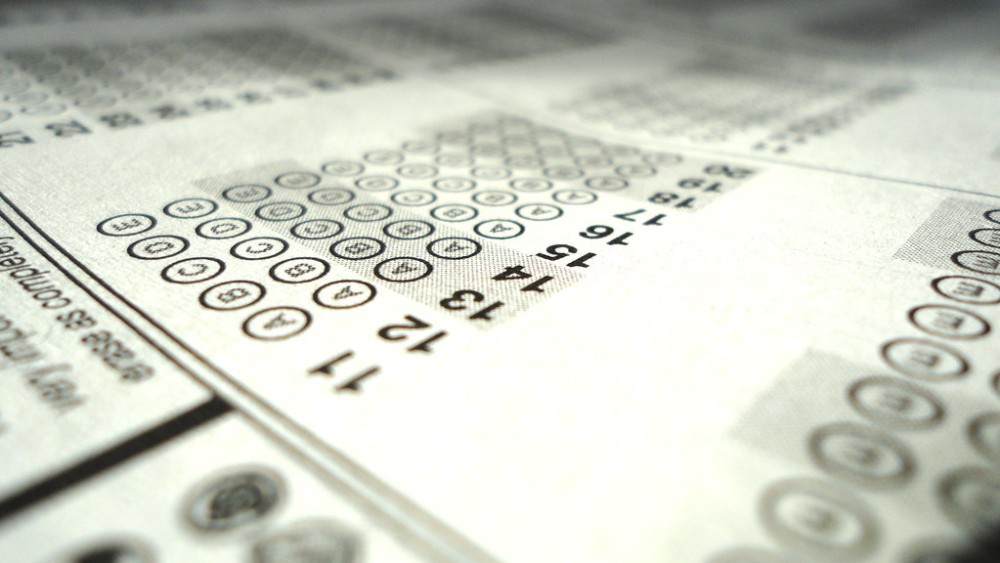Will the SAT’s new “adversity score” help students?
It’s not clear that college applicants will be the ones served by another number to measure them.

Last month the College Board, which administers the SAT test to prospective college students, announced it will add to the SAT report an “adversity score,” indicating the student’s social and family context. Officially known as the Environmental Context Dashboard, the adversity score—it will be a number from 1 to 100, with 50 representing the average—claims to reflect such things as crime, housing stability, rates of college attendance in the student’s neighborhood, and the percentage of fellow students receiving a free or reduced-fee lunch. The College Board says the score will give colleges a better context for interpreting the traditional SAT score. The score will be provided only to schools, not to students. How schools will end up using the number is not known.
Although test developers claim that standardized tests like the SAT provide a useful yardstick for measuring academic potential, studies have shown that performance on the SAT tracks closely with wealth. Students with the wealthiest parents on the whole score better than middle-class students, who in turn score better than low-income students. What the test most precisely measures is accumulated social advantage, says Robert Schaeffer, public education director of the National Center for Fair and Open Testing. For this reason, Schaeffer and others want schools to make such tests optional for students. Many schools have taken this direction: there are more than 1,000 test-optional schools across the country, including very competitive ones, and the movement is growing.
In introducing the adversity score, the College Board has acknowledged the reality of educational disadvantage. All educational experiences are not equal, and the inequality disrupts any attempt to offer an objective measure of ability. Depending on how an institution uses the new number, the adversity score might help open the doors to college for students from a wider set of backgrounds.
Still, it’s not clear that students will be the people most served by the introduction of another number. Some admissions counselors may welcome a numerical answer to the adversity question, and the College Board is no doubt happy to provide one. But there are always risks involved in quantifying the qualities of a life. At best, a number offers a very limited solution. An adversity score does nothing to address the conditions that most often make students from disadvantaged backgrounds feel unwelcome and disenfranchised when they do go to college. And it does nothing to offer the educational supports that enable students from disadvantaged backgrounds to thrive at college.
Schools that care about equity might find adversity scores helpful in evaluating their own internal systems in both admissions and student support. They might use the adversity score to decrease their reliance on the SAT and broaden their picture of who an applicant is. These could be positive outcomes. But schools committed to equity—and there are many—are already invested in this approach and probably don’t need another number from the College Board to help them.
A version of this article appears in the print edition under the title “Opening doors to college.”





